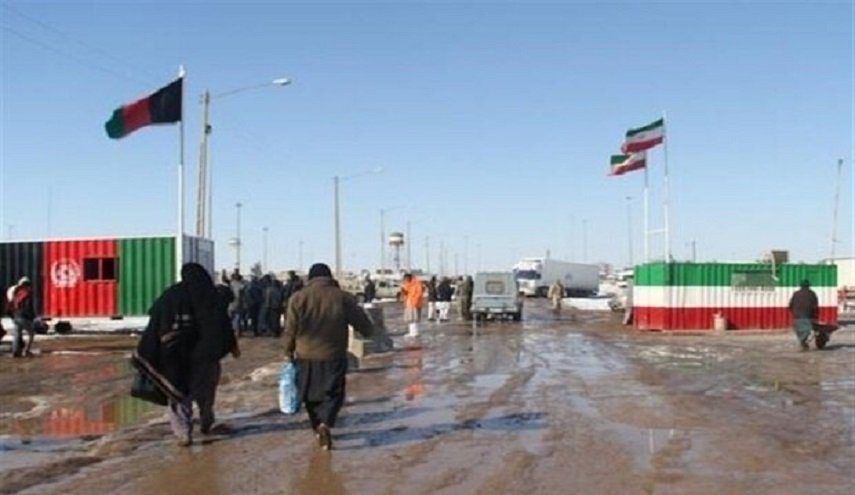By: Muhammad Shahbaz
The Living Mountain is a fable that focuses on the mistakes of the past, the evils of the present, and the potential terrors of the future. Although Amitav Ghosh’s novel highlights the concept of the “Tragedy of Global Common” by Harden, it offers more than just this moral. The story moves from praising the natural and simple ways of living to expose the destruction brought about by colonizers and those driven by power and wealth. The novel is relevant to the current issue of climate change that is recognized worldwide. It also emphasizes the significant role of women in society and their connection to nature. Without women, both nature and society will be marginalized.
Plot
The novel begins by introducing two friends who share a passion for reading books. Maansi and her friend make a yearly commitment to select a topic and study books related to it. During one such year, Maansi chose to study the subject of “Anthropocene,” which was completely new to them. While doing her literature review, she stumbled upon a book that narrated the fate of some unfortunate people on a remote island. One night, while reading the book, Maansi had a terrible dream that set the plot of the novel. The story is set in a peaceful valley with a mountain called “Mahaparbat,” which the valley dwellers consider a living being. They respect the mountain because of a magical tree located nearby that provides them with rich minerals and other valuable resources. The valley dwellers do not allow anyone to enter their territory, and they only trade with some merchants on the other side of the mountain annually in exchange for the magical tree’s gifts and rich minerals.
Once, the local inhabitants encountered a group of strangers called the “Anthropoi” while meeting with traders. The Anthropoi inquired about the nearby mountain before departing. A year later, the Anthropoi attacked the valley in an attempt to seize the mountain’s riches. The valley dwellers were subjugated, and the natives eventually began mining the mountain too. Unfortunately, this led to avalanches and landslides that could not be escaped by those who had climbed too high.
Raising Questions for the World
This fable serves as a reflection of our past, present, and future. Have we not previously lived in harmony with nature? Have we not begun exploiting natural resources for personal gain? Have not peaceful communities been attacked by industrialized nations, their resources pillaged by colonizers? And have we not faced the consequences of these actions in the form of catastrophic events?
Relevance to Today’s World: Colonialism & Climate Change
Yes, we indeed lived a peaceful life. Despite wars in the past, we did not excessively exploit nature. Markets and goods existed before industrialization without causing harm to nature. However, with the advancement of technology, the world has also experienced its decay. The impact of colonizers on nature and peaceful dwellers cannot be forgiven. The mining of mountains reflects the greed and power hunger of industrialized nations in the north, exploiting the south. The consequences of progress, such as avalanches and landslides, resonate with the climate change catastrophes we are currently facing and will continue to face in the future.
Role of Women
This short novel brings to light the significant role of women in society. The story highlights a group of women called “Adepts” who used to dance and communicate with the mountain through their movements. Sadly, the arrival of the “Anthropoi” led to the cessation of such practices, which resulted in the marginalization of women in society. The story also emphasizes that this marginalization of women had adverse effects on society and nature, leading to disasters. Towards the end of the novel, when the Anthropoi and Varvaroi joined forces, they realized the importance of both genders in the fight against climate change. They requested an old woman to dance and feel the mountain breathing, signifying the need for both genders to work together to fight climate change.
Conclusion
The novel revolves around the story of a valley, narrated by Maansi, that features a mountain named “Mahaparbat.” The valley’s riches are being exploited, leading to a threat for all its inhabitants and foreign invaders. This fable highlights the peaceful past and the errors of colonizers and native dwellers who exploited nature. The story also sheds light on the future, where the world is moving towards a decline and climate catastrophes due to such anthropogenic activities.



